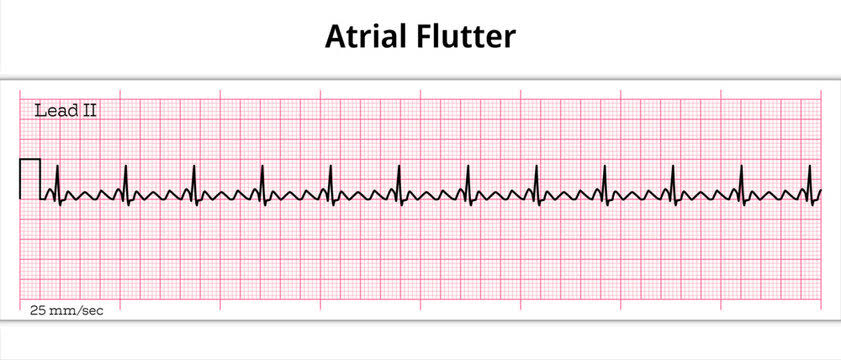
Case Presentation:
- A 28-year-old male presents to the emergency department complaining of severe chest pain accompanied by sweating and two episodes of vomiting within the past hour. Ecg shows: Hyperacute T waves in v2 v3.
Subsequent ECG after 30 mims:

Overview:
Hyperacute T waves are a critical ECG finding often associated with acute myocardial infarction (AMI) or other cardiac emergencies. Recognizing hyperacute T waves promptly can aid in the rapid diagnosis and management of potentially life-threatening conditions.
What are Hyperacute T Waves?
- Hyperacute T waves are characterized by tall, peaked, and symmetric T waves observed on an electrocardiogram (ECG).
- They typically indicate acute myocardial injury, especially in the setting of AMI.
- These T wave changes are transient and can evolve into ST-segment elevation or progress to Q-wave formation if ischemia persists.
Causes of Hyperacute T Waves:
- Acute myocardial infarction: The most common cause, as it reflects the ischemic changes in the myocardium.
- Myocardial ischemia: Can occur due to various factors such as coronary artery disease, vasospasm, or embolism.
- Cardiomyopathies: Including hypertrophic cardiomyopathy and arrhythmogenic right ventricular cardiomyopathy.
- Electrolyte imbalances: Particularly hyperkalemia, which can lead to peaked T waves resembling those seen in hyperacute T wave changes.
Normal T Waves in ECG
1. Characteristics of Normal T Waves:
- Shape and Morphology: Smooth, rounded, and symmetric.
- Amplitude: Typically not exceeding 5 mm in limb leads or 10 mm in precordial leads.
- Duration: Usually less than 0.20 seconds (200 milliseconds).
- Polarity: Upright in most leads, may be inverted in aVR and variable in others.
2. Factors Influencing Normal T Waves:
- Heart Rate: Changes can alter morphology and duration.
- Electrolyte Levels: Proper balance, especially potassium, is crucial.
- Age and Sex: Variations exist based on age and sex.
- Medications: Certain drugs can affect T wave morphology.
3. Clinical Significance:
- Provide baseline information for comparison.
- Help interpret ECG changes suggestive of cardiac conditions.
ECG Changes Associated with Hyperacute T Waves:
- Tall, peaked, and symmetric T waves, often exceeding the amplitude of the QRS complex.
- The ST segment may initially appear normal but can evolve into ST-segment elevation as ischemia progresses.
- Hyperacute T waves are typically seen in the leads facing the ischemic area of the myocardium.
Treatment:
- Rapid identification and treatment of the underlying cause are crucial in managing hyperacute T waves.
- If the patient presents with symptoms suggestive of AMI, immediate reperfusion therapy, such as thrombolytics or primary percutaneous coronary intervention (PCI), is indicated.
- Oxygen therapy, aspirin, nitroglycerin, and morphine may be administered as part of initial management for suspected AMI.
- Addressing electrolyte imbalances and optimizing hemodynamic status are essential in non-AMI related hyperacute T wave changes.
Conclusion:
Hyperacute T waves are a significant ECG finding that warrants prompt attention and appropriate management, especially in the context of acute myocardial infarction. Recognizing these changes early can facilitate timely intervention and improve patient outcomes. Close monitoring, along with a comprehensive approach to treatment, is essential in managing patients presenting with hyperacute T wave abnormalities.
Read more:
